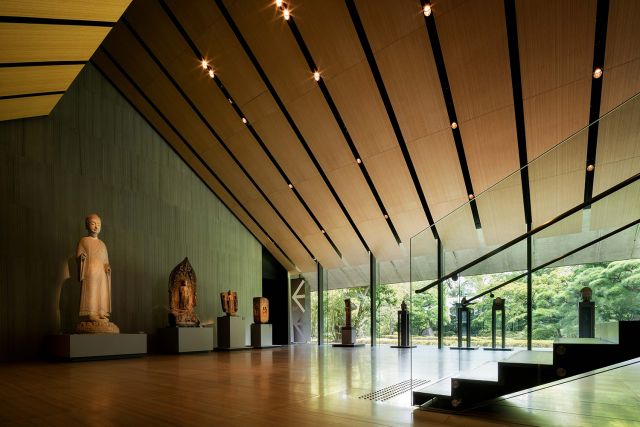
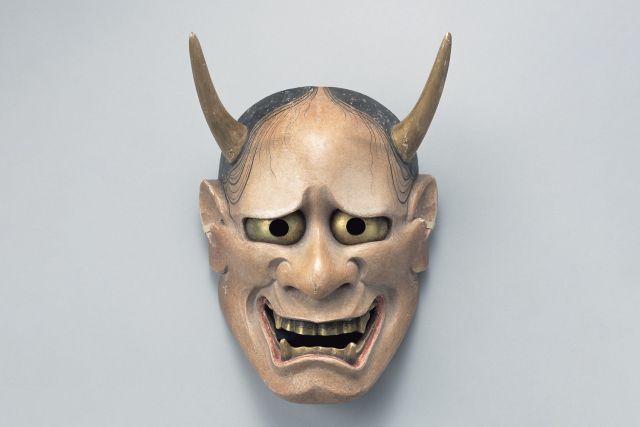
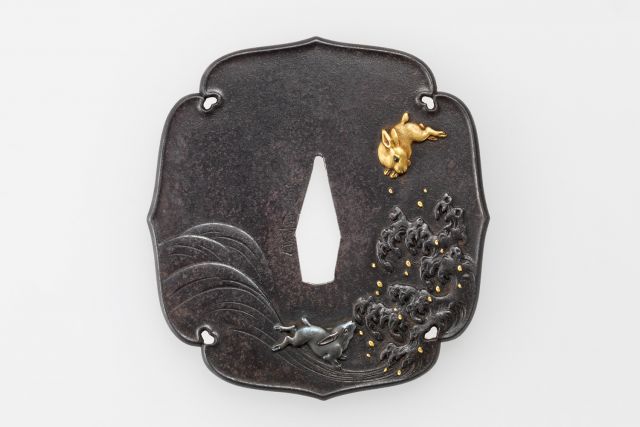
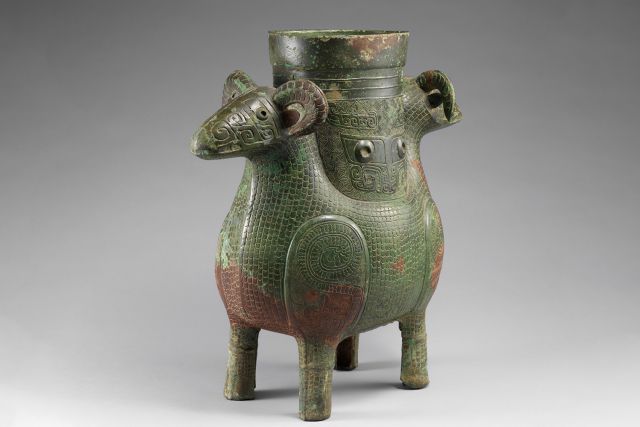
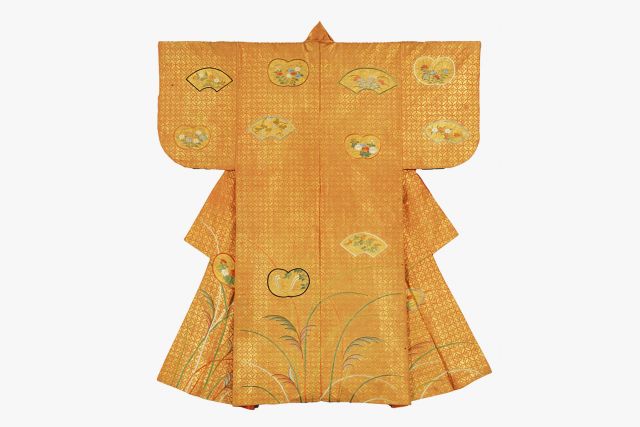
Nezu Museum
- Tokyo, Japan
- Museum
Tuesday to Sunday 10:00 - 17:00
+81 334002536
The Nezu Museum was created in 1941 at the initiative of businessman Kaichirō Nezu (1860-1940), a fervent admirer and collector of pre-modern era Japanese and East Asian art objects since his youth. Kaichirō Nezu was a passionate practitioner of the tea ceremony and acquired historically renowned tea ceremony utensils, which made his private collection one of the richest in the country. Located in the heart of Tokyo, on the site of the family's former residence, the museum, which includes a splendid Japanese-style garden as well as tea pavilions, was completely renovated by architect Kengo Kuma in 2009.
The collection consists of around 7,600 exceptional works (including 89 designated as Important Cultural Assets of Japan) ranging in genre from painting and calligraphy, to sculpture and ceramics, lacquer, wood and bamboo crafts, metalwork, textile and Japanese armory. The rich collection of works are put on display in themed temporary exhibitions that are held approximately seven times a year.









